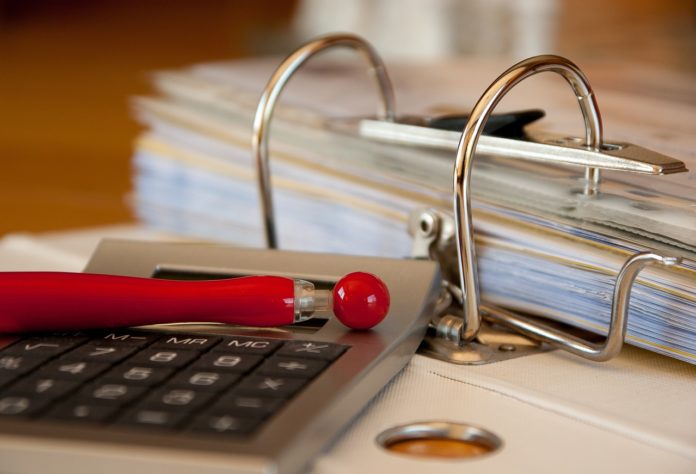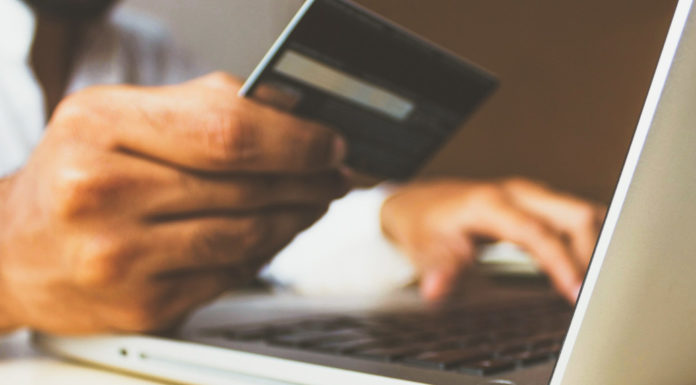Doing business in this globalized, connected world can be very rewarding, except when it comes to all the responsibility and documentation that normally comes with it.
Although many small businesses get by with standard invoices, there are actually a lot more different types of invoices that can be more appropriate.
Today we’ll look at the 5 most important that will help your small business succeed.
Proforma
The first invoice is the proforma, which is perhaps one of the most popular.
It is normally used in one of two ways:
As a way for customs to see the value of imported goods. It is important, however, to remember that the proforma is not an actual, finalized document. It is more a statement of what the value of the goods will be when they are paid for. This document doesn’t include any tax.
It can also be used as an estimate. This is normally the case when a seller has a new client. This helps the seller to show the client what the price of the goods or services will be.
Commercial
The commercial invoice is more strictly used for imports and exports across international borders. They are used for customs to assert the value of imported goods and apply the appropriate duties and taxes.
It is in some ways quite similar to the proforma invoice, except that it is a finalized document. The proforma can be used for customs if no commercial invoice is included. However, they cannot both be used at the same time.
Credit notes
Credit notes can be seen as a kind of reverse invoice.
In a normal, standard invoice, the seller sends a document (the invoice) to the client after the goods or services has been delivered. It is a request for payment.
With a credit memo, the seller is actually sending a notice of payment for the buyer because the seller in some way made an error on the original invoice. This error could be in damage of the goods or unsatisfactory goods or services delivered.
The credit note will either provide a monetary refund or credit for the next purchase in full or partial compared to the original invoice.
Self-billing
Self-billing invoices are great for reducing the time and costs of sending invoices. Instead of the seller sending the invoice to the buyer after the goods or services have been delivered, the buyer actually issues the invoice to himself.
This way, he doesn’t have to wait on the seller to send it and then submit it to the accounts payable (AP) department. Once the goods or services have been delivered, the buyer will simply create two copies: one for the AP department, and the other for the seller’s AR (accounts receivable) department.
Progress
This invoice is specific to those businesses working on long-term projects, such as those in the construction industry.
Instead of the seller or vendor having to wait until the project is finished to get paid (which could take months and most likely years), the vendor will issue invoices as soon as parts of the project are finished.
That way, the vendor can get partial payment towards the full price of the project.
The project will of course have to be divided into logical sub-projects in order for the buyer to properly assess whether quality work has been done.
Small business invoices
These of course are only some of the many different types of invoices there are available for businesses around the world. However, using the proper invoices will help your business operations in many ways.




































